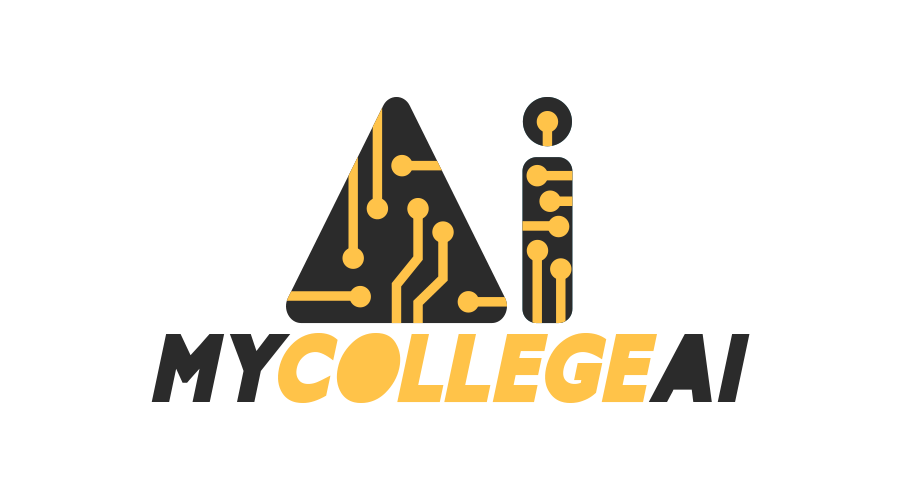The transition from paper paycheck stubs to digital formats marks a significant shift in how businesses manage payroll and employees access their wage information. This evolution reflects broader trends toward digitalization in the workplace, offering enhanced efficiency, accessibility, and environmental benefits. This article delves into the journey from paper to digital paycheck stubs, examining the implications for employers and employees and highlighting the technological advancements that have facilitated this transition.
The Era of Paper Paycheck Stubs
Historically, paycheck stubs were issued in paper form, attached to the physical check an employee received as payment for their services. These documents provided a detailed account of the employee’s earnings, including gross pay, net pay, taxes withheld, and any deductions for benefits or retirement contributions. Paper paycheck stubs were an essential record-keeping tool, enabling employees to track their income and financial institutions to verify employment and income information.
However, the paper-based system was not without its drawbacks. It was labor-intensive, requiring significant time and resources to generate, distribute, and store physical documents. Moreover, paper paycheck stubs posed security risks, as they could be lost, stolen, or damaged, potentially leading to privacy breaches and financial discrepancies. Additionally, the environmental impact of using vast quantities of paper contributed to the growing concern over sustainable business practices.
The Shift to Digital Paycheck Stubs
Digital technology and the internet ushered in a new era for payroll processing. Businesses began to adopt digital paycheck stubs, leveraging electronic systems to generate and distribute wage information. This shift was driven by several factors, including the desire to streamline operations, enhance security, and reduce environmental footprint.
Digital paycheck stubs offer numerous advantages over their paper counterparts. They can be easily accessed through secure online portals, allowing employees to view their wage information anytime and anywhere. This instant accessibility improves employees’ convenience and facilitates better financial planning and management.
From an employer’s perspective, digital paycheck stubs significantly reduce the administrative burden of payroll processing. Automated systems can generate and distribute paycheck information efficiently, minimizing the risk of errors and ensuring timely delivery. Additionally, digital records are more accessible to store and manage, providing a reliable and space-saving solution for maintaining historical payroll data.
Technological Advancements Facilitating the Transition
Several vital technological advancements have made the transition from paper to digital paycheck stubs possible. Cloud computing, for example, has played a crucial role by offering scalable and secure storage solutions for digital records. Employers can now store vast amounts of payroll data on cloud servers, ensuring data integrity and availability while reducing the need for physical storage space.
Moreover, advancements in cybersecurity have addressed concerns over the privacy and security of sensitive financial information. Encryption, multi-factor authentication, and secure access protocols protect against unauthorized access, ensuring that employee data remains confidential.
Mobile technology has also contributed to the widespread adoption of digital paycheck stubs. With the proliferation of smartphones and mobile apps, employees can now access their wage information on the go, further enhancing the convenience and accessibility of digital formats.
The Future of Payroll: Beyond Digital Paycheck Stubs
As we look towards the future, it’s clear that the evolution of paycheck stubs is part of a broader trend towards fully integrated, digital-first payroll systems. Technologies such as blockchain and artificial intelligence (AI) hold promise for further revolutionizing payroll management, offering even greater efficiency, transparency, and security.
Blockchain technology, for instance, could enable immutable and transparent record-keeping, ensuring the accuracy and verifiability of wage information. Meanwhile, AI and machine learning could automate complex payroll calculations and compliance checks, reducing the risk of errors and ensuring adherence to evolving regulations.
Conclusion
The evolution from paper to digital paycheck stubs represents a significant milestone in the digitization of the workplace. This transition has brought numerous benefits for employers and employees, including improved efficiency, accessibility, and security. As technology advances, we can expect further innovations in payroll management, driving toward even more streamlined and secure processes. The journey from paper to digital is just one step in the ongoing transformation of the workplace, reflecting the broader shift towards a more digital, sustainable, and efficient future.

